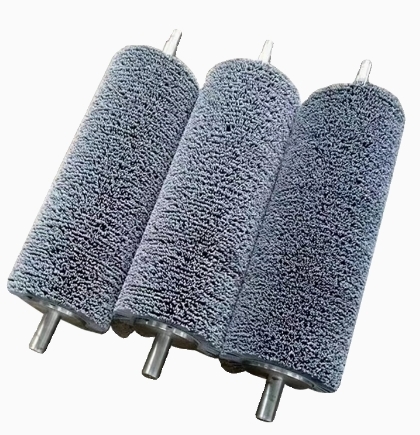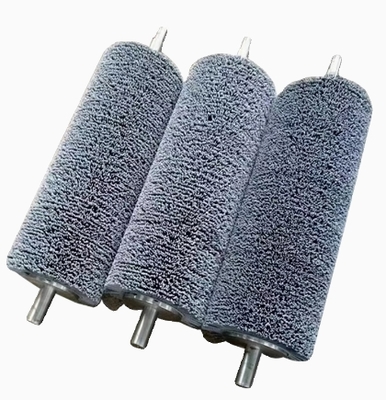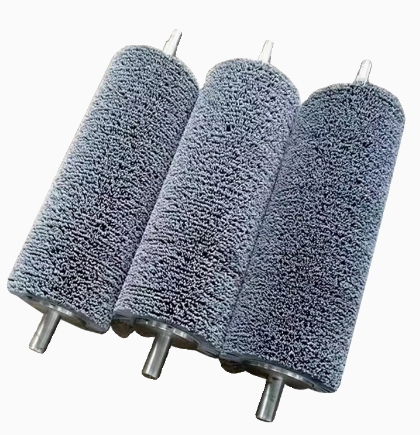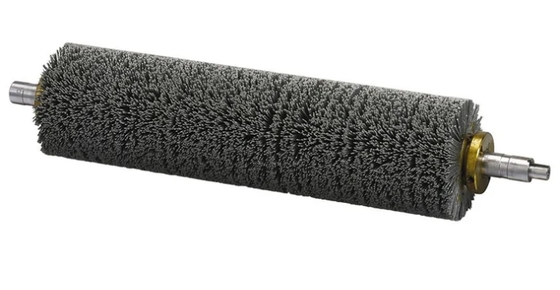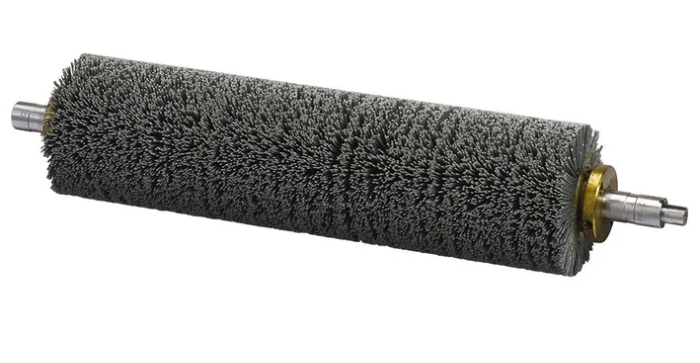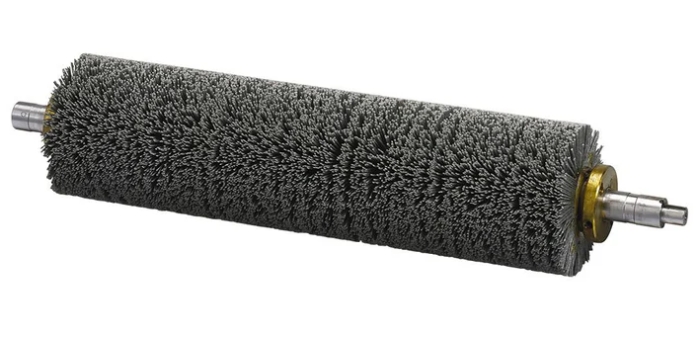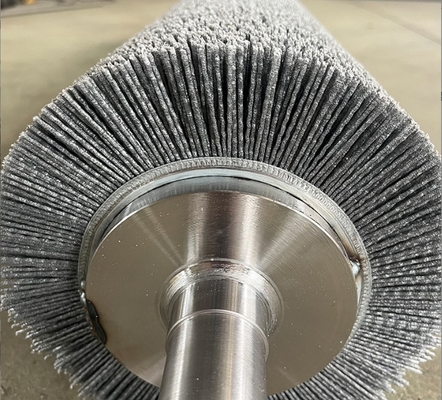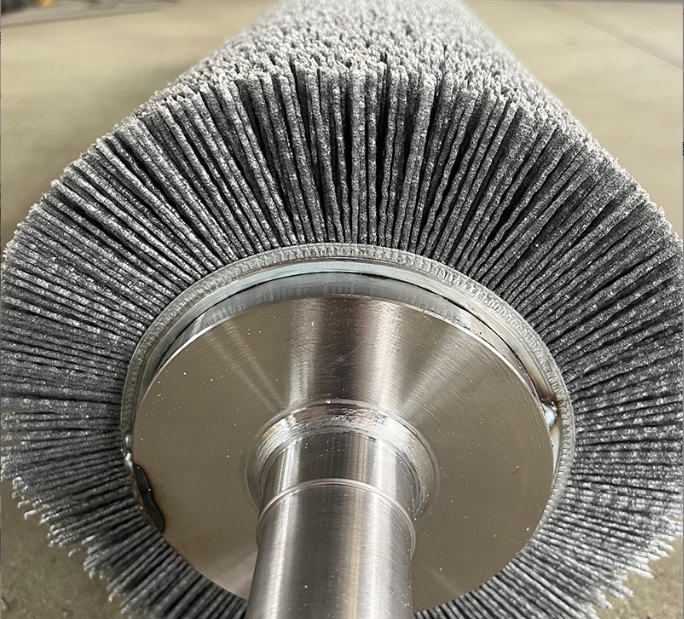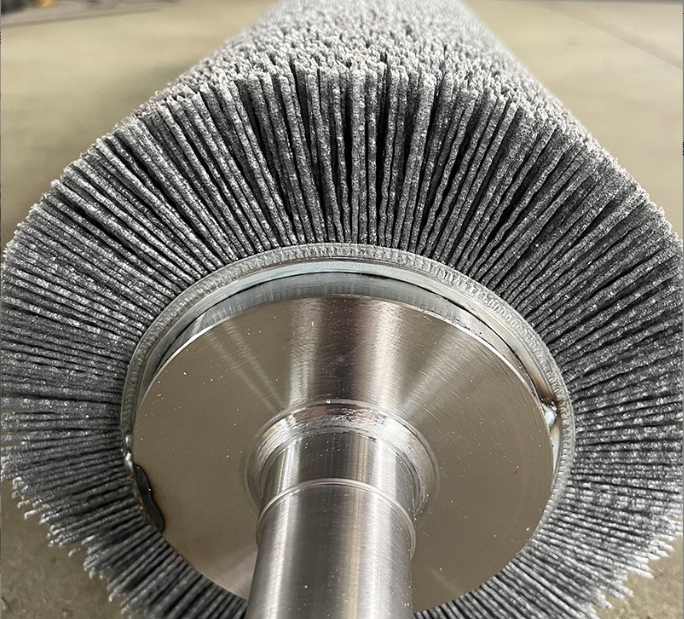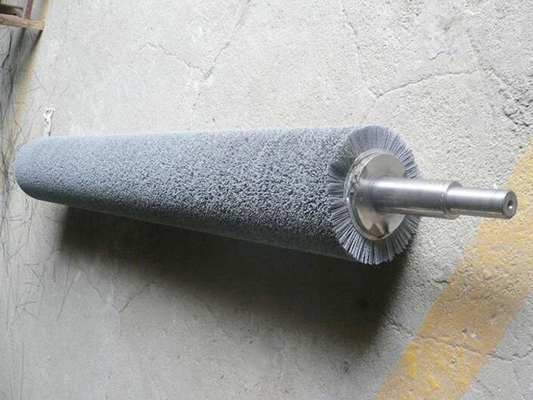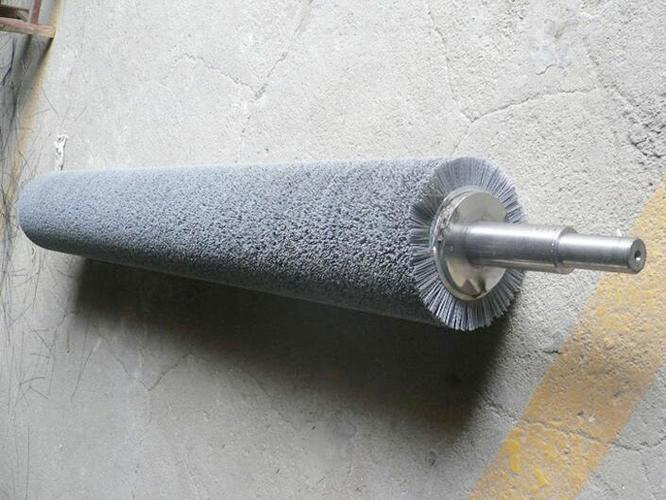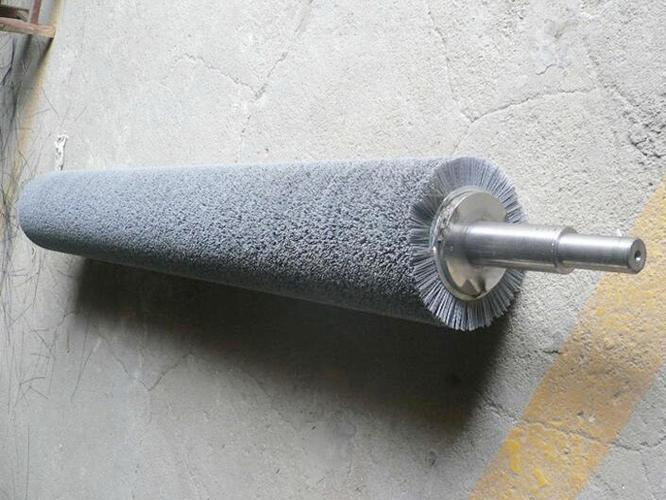Abrasive wire roller brush
Industrial abrasive filament roller brushes are highly efficient and durable surface treatment tools. They are constructed by embedding a large number of abrasive filaments made of a special material into a metal or plastic brush roller base. Combining the flexibility of traditional roller brushes with the cutting power of fixed abrasives, they are widely used in modern industry for rust removal, deburring, surface cleaning, and wire drawing.
|
Product name
|
Abrasive wire roller brush
|
|
Bristle material
|
Nylon abrasive/custom
|
|
Size
|
Custom
|
|
MOQ
|
2PCS
|
|
Grit
|
60#--240#
|
|
Sample
|
Available
|
|
Application
|
Polishing/Deburring/cleaing
|
Brush Roller Base:
Material: Typically steel (carbon steel, stainless steel) or engineering plastic (such as nylon).
Structure: Available in various configurations, including through-shaft, tubular, and sheet-type assembly, depending on the equipment and requirements.
Function: Provides structural support and mounting interface, and carries the abrasive filament.
Implantation Method: Advanced tufting or spiral-wound technology is typically used to tightly and evenly secure the bundled abrasive filaments to the substrate, ensuring uniform force and consistent treatment results during operation.
Main Application Areas:
Surface Brushing and Texture Treatment:
Metal Brushing: Creates decorative effects such as straight lines, random grain, and spirals on surfaces like stainless steel, aluminum, and brass. This is a classic and widely used application.
Wood Surface Treatment: Creates an antiqued look, removes burrs, and enhances texture.
Other Applications:
Stone Cleaning and Antique Treatment: Cleans stone surfaces and creates antique finishes (e.g., lychee, axe-hewn, etc.).
Automotive Industry: Cleans engine blocks, brake discs, and other components.



 Your message must be between 20-3,000 characters!
Your message must be between 20-3,000 characters! Please check your E-mail!
Please check your E-mail!  Your message must be between 20-3,000 characters!
Your message must be between 20-3,000 characters! Please check your E-mail!
Please check your E-mail! 

